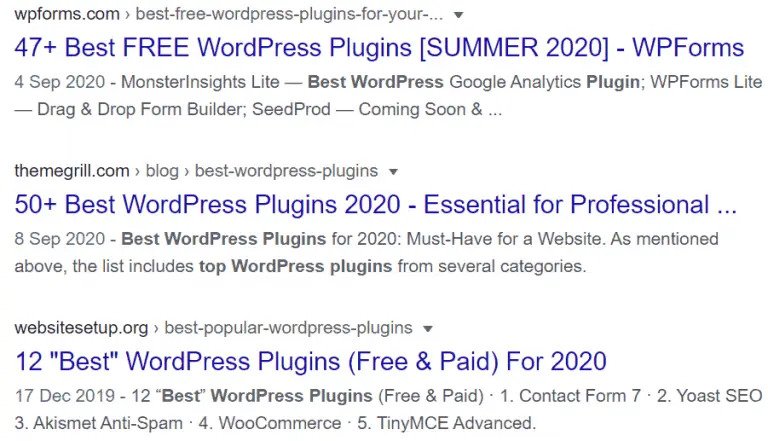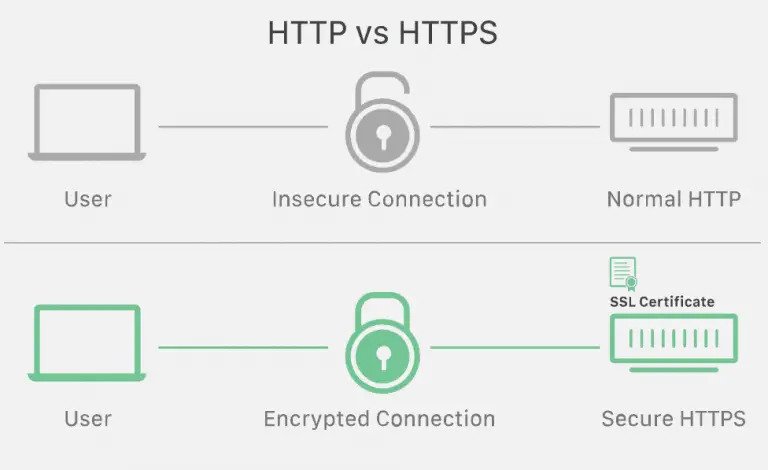Top 10 Google Ranking factors
Google crawls hundreds of billions of pages to get to those it considers most useful to searchers.
And while they haven’t ever said so publicly, it’s believed Google uses around 200 signals when they’re assigning ranks. These signals are ranking factors that are changing all the time. We may not know exactly how many factors Google uses, but we do know of certain practices that will help you get to the top of SERPs.
Book a Consultation
In this post we’ll do a quick run through of the top Google ranking factors you need to pay most attention to in order to boost your SEO efforts going forward.
1 Top quality content
Provide Google with content that’s valuable and unique and it will reward you with higher rankings. Make sure you refresh your content regularly. That means updating blog posts and adding new info to pages to send out positive signals to Google’s crawlers.
Think about content length. While there’s no hard and fast rules around this, detailed in-depth content is better able to answer users’ questions. HubSpot recommends that posts between 2100 to 2400 words work best for SEO.
2 Well structured pages
Use multiple headings (H2, H3 etc.) to group content, and bulleted and numbered lists to help Google pick up information to use as snippets for various keywords. Make sure content flows logically as this will improve readability and boost user experience – thereby getting you ranked higher.
3 Backlinks
Backlinks play an important role in how well your site is ranked. Google uses them to find your website for indexing. Backlinks from high authority sites give your site a vote of confidence. Get multiple high-quality backlinks, and Google will receive the news that your content is trustworthy and will rank you in the top results.
4 Keywords that match intent
To make sure you match your keywords to search intent you need to understand the ‘why’ behind a query. For example, if someone searches for ‘ best WordPress plug-ins’ the results in the top 10 will include ‘listicles’.

That’s because searchers desire plugin alternatives. So, if you’re writing an article on WordPress plugins it may make sense to create a ‘list’ type of article.
5 Use meta tags
These underused aspects of content management are a linchpin of SEO best practices. Meta tags are added to the <head> section of your HTML page and look as shown below. There are three you must use to rank more highly.

Some important meta tags to include
Title tags: Include target keywords at the start of your articles to help Google create the blue, clickable headlines you see on SERPs.
Image alt text: Images can help blog posts and web pages rank well. So give your images alt text (or ‘alt tags’) to help describe the image in the context of the web page upon which it resides.
Meta description: This short string of text appears under the blue link on SERPs summarising the content. It doesn’t have to include specific keywords, but it’s essential to fill it in.
6 Website loading speed
Google wants your website to load quickly so as to provide users with a great experience. Make sure your site is loading as it should, using Google’s free PageSpeed Insights tool. This analyses your site and gives you a score for mobile and desktop – with suggestions on how to improve.
7 Domain authority
This metric reveals your site’s expertise on a particular topic and the higher your domain authority, the better your chances of getting ranked more highly in search. One way to improve your site’s authority is to acquire high quality backlinks – but this won’t guarantee you higher rankings.
To help you create high quality industry-focused content, check out the most popular pages on your website. Then create content around these topics to increase your authority in these areas.
8 Website security
This is a key Google ranking factor, so ensure your site is on HTTPS – since this encrypts the data between your site and a user’s browser.

If your site isn’t secured, you can purchase an SSL certificate from any number of providers.
9 Keyword Optimisation
Another one of the most important ranking factors on your site is your keywords. Ensure your website contains the keywords your audience is searching for. Besides using primary keywords, also use LSI (latent semantic indexing) keywords. These are keywords that are the related terms users search by.
10 Website architecture
Site architecture refers to the hierarchy of pages where users find content. As well as the technical considerations that allow search engine bots to crawl your pages.

A user-friendly site features:
- A short and simple URL using lowercase words and alphanumeric characters
- Appealing URL name with descriptive keywords
- Logical folders for categories and subcategories of content
- A sitemap
- Clear navigation, avoiding pages with excess links
We hope you found this brief roundup of Google ranking factors and related best SEO practices useful. If you’re not sure how well your site is performing in search, it may pay you to get a comprehensive SEO audit (our speciality is SaaS audits). This will give you insights into what’s working well and what needs to be improved to get you ranked higher on Google. Achieve that, and the sky’s the limit for yhttps://accelerate.agency/saas-seo-agency#seo-auditsour website and your business.

